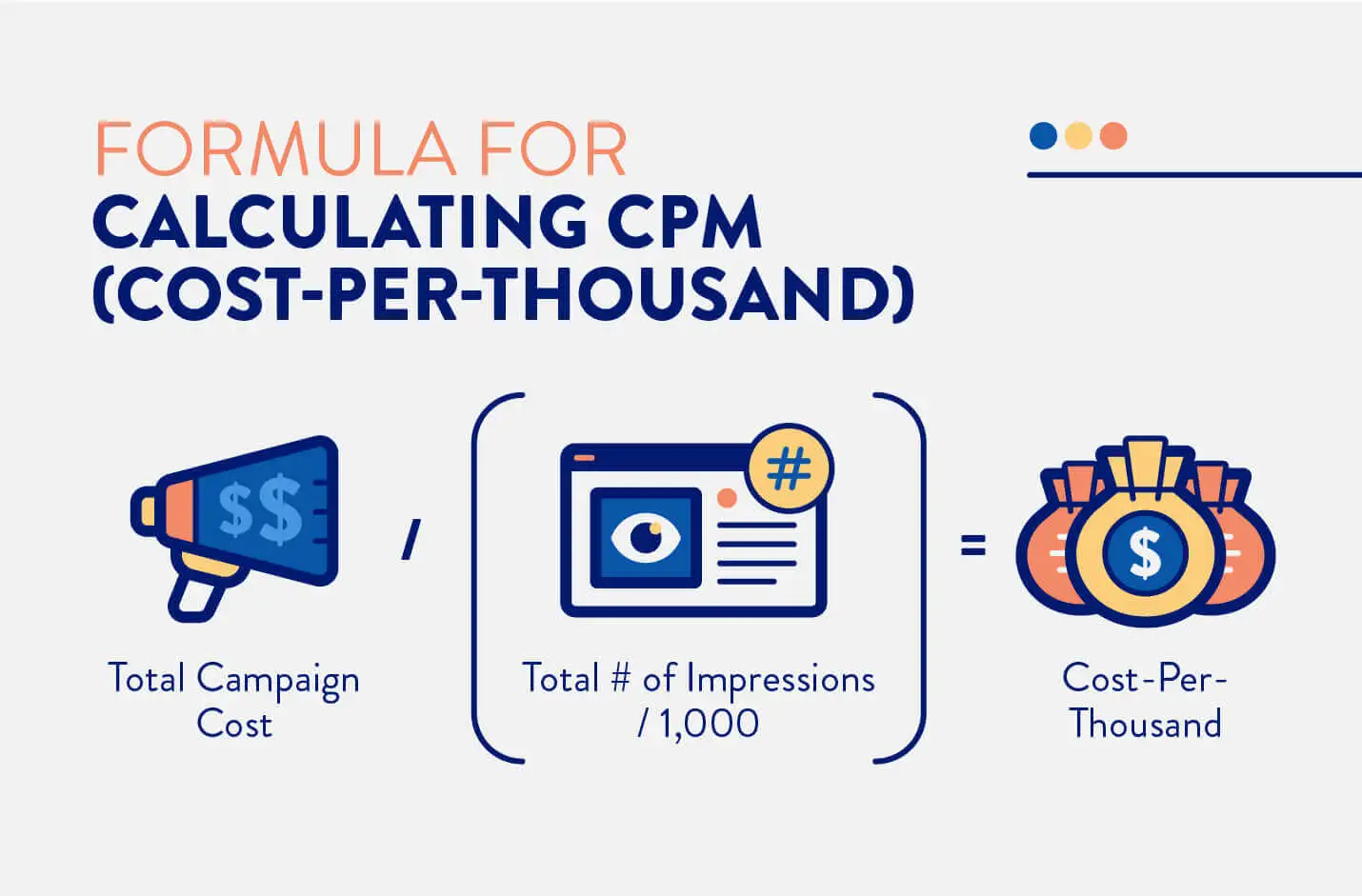Understanding the Recent Changes in Google AdSense
Google AdSense has announced significant updates to its payment structure, shifting from a cost-per-click (CPC) model to a cost-per-thousand impressions (CPM) model. This change, effective early 2025, aims to enhance transparency and streamline revenue generation for publishers. In this article, we will explore the implications of these updates for publishers and how they can adapt to this new landscape.
The Shift from CPC to CPM: What It Means
The transition from CPC to CPM represents a fundamental change in how publishers earn revenue through Google AdSense. Under the CPC model, publishers were compensated based on the number of clicks their ads received. In contrast, the CPM model pays publishers for every thousand impressions served, regardless of user engagement. This shift aligns with industry standards and reflects a broader trend toward impression-based advertising.
Key Components of the New Revenue-Share Structure
Splitting Revenue Shares: Buy-Side and Sell-Side
In the updated revenue-share structure, Google has introduced separate rates for the buy-side and sell-side of ad transactions. Publishers will now receive 80% of the revenue generated from ads displayed through AdSense after the advertiser platform takes its fee. Previously, publishers retained approximately 68% of total ad revenue, but this new model aims to provide clearer insights into earnings while maintaining similar payout levels.
Impact on Publisher Earnings
While Google asserts that most publishers will not experience significant changes in their earnings due to this update, the actual impact may vary depending on individual circumstances. Factors such as ad campaigns, audience engagement, and overall traffic will influence how much revenue publishers can generate under the new CPM model.
Advantages of Moving to a CPM Model
Increased Transparency and Consistency
One of the primary benefits of transitioning to a CPM model is increased transparency in how ad revenue is calculated. Publishers can now better compare their earnings across different platforms and technologies, allowing for more informed decision-making regarding ad placements and strategies.
Potential for Higher Revenue with More Impressions
By focusing on impressions rather than clicks, publishers may have the opportunity to increase their overall ad revenue. With more advertisers looking to maximize visibility through impression-based campaigns, there is potential for higher earnings as long as publishers optimize their ad placements effectively.
Challenges and Considerations for Publishers
Adjusting Strategies for Impressions
Publishers may need to rethink their ad strategies in light of this transition. Since revenue will now be based on impressions rather than clicks, it’s essential to focus on optimizing ad visibility and placement to maximize impressions without compromising user experience.
Monitoring Performance Metrics
As the landscape shifts, it’s crucial for publishers to closely monitor performance metrics under the new CPM model. Analyzing data related to impressions, fill rates, and overall engagement will help identify areas for improvement and ensure that revenue remains robust.
Embracing Change in Google AdSense
The recent updates to Google AdSense’s revenue-share structure and the shift to a CPM payment model represent significant changes for publishers. While there may be challenges ahead, these updates also offer opportunities for increased transparency and potential revenue growth. By adapting strategies to focus on impressions and closely monitoring performance metrics, publishers can navigate this evolving landscape successfully. Embrace these changes as a chance to optimize your advertising efforts and enhance your overall monetization strategy!

